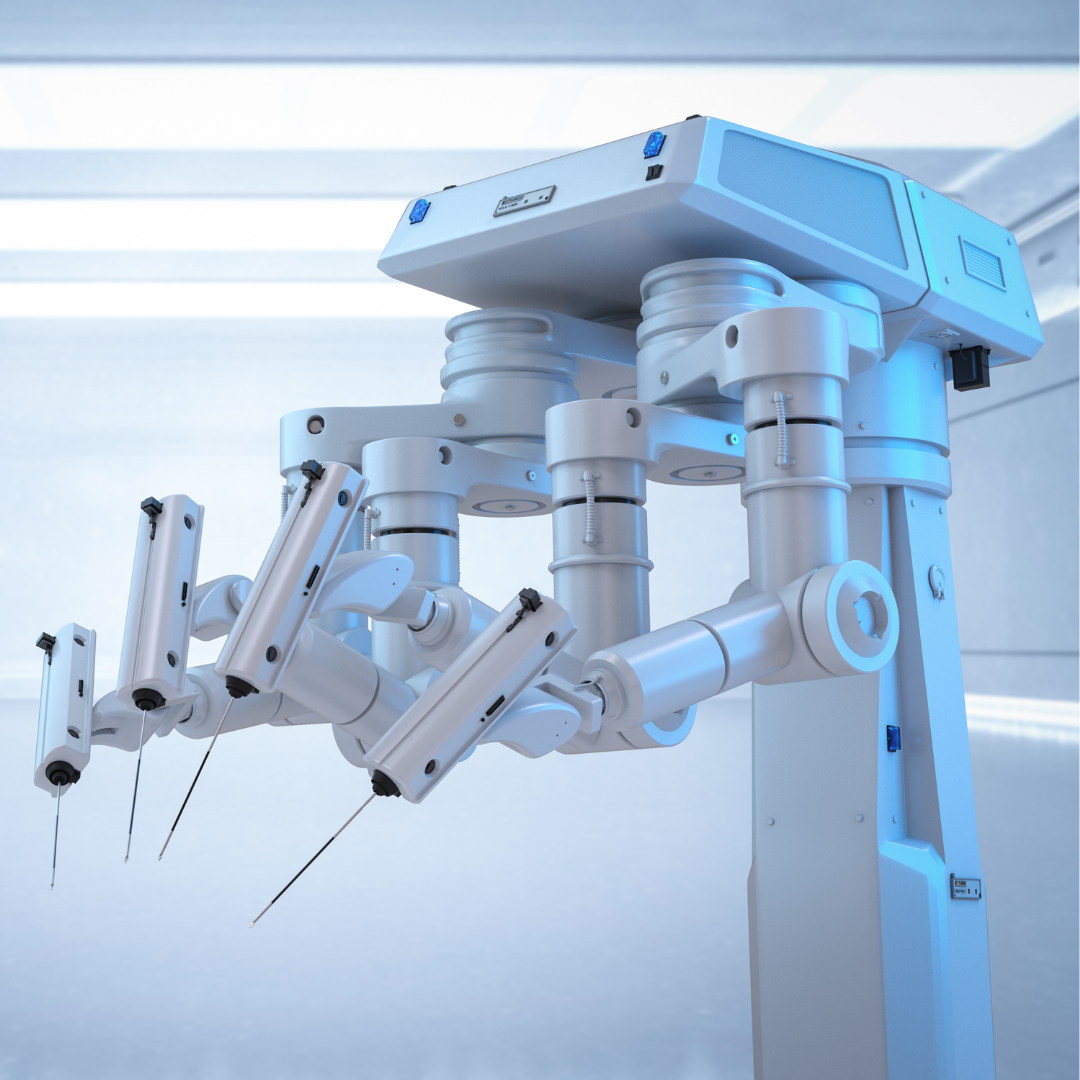In recent years, medical technology has made some tremendous strides to help improve the accuracy and safety of surgical procedures for head and neck cancer. One such technological advancement is robotic cancer surgery.
Continue reading to learn all about Transoral Robotic Surgery (TORS), a minimally invasive surgical procedure that utilizes a robotic system to perform surgeries.
What Is Robotic Cancer Surgery?
Robotic cancer surgery is a minimally invasive procedure that utilizes a robotic system to perform intricate head and neck surgeries.
More specifically, the Transoral Robotic Surgery (TORS) system uses robotic arms that interpret the movements of the surgeon, allowing for superior precision and dexterity.
With the help of a 3D camera and specialized instruments, TORS provides the surgeon with a magnified and detailed view of the surgical site, allowing for an efficient and safe procedure.
What Conditions Does TORS Treat?
TORS is primarily used to treat conditions of the head and neck, including cancers of the larynx, pharynx, and tongue, and sleep apnea caused by obstruction. TORS is also used to help alleviate tumors that are attached to nerve tissue or blood vessels, which are traditionally difficult to treat.
How Does the Procedure Work?
During a robotic cancer surgery procedure, the surgeon accesses the surgical site through the patient’s mouth, and no incisions are made. The robotic arms are then inserted through small openings in the mouth. This provides greater accessibility than traditional surgical methods.
Subsequently, the surgical instruments and endoscope are passed through the robotic arms and manipulated by the surgeon, who is seated at a console nearby. The surgeon then moves the robotic arms, which are designed to mimic the movements of the surgeon’s hands, to perform the delicate procedure.
What Are the Benefits of Robotic Cancer Surgery?
The main benefit of robotic surgery over traditional surgical methods is that it is minimally invasive, meaning it causes less pain and discomfort to the patient.
Moreover, patients who have undergone Transoral Robotic Surgery have a lowered risk of complications and a faster recovery time.
TORS also allows patients to retain their speech and swallow patterns after the surgery, which can be significantly impacted by traditional surgical methods.
What Are the Risks of Transoral Robotic Surgery?
The most common risks associated with TORS include infection, bleeding, and nerve damage.
However, antibiotics before and after surgery can limit the risk of infection. In addition, the risk of bleeding is minimized due to the precise and accurate nature of the procedure.
Learn More About Robotic Surgery
For additional information about Transoral Robotic Surgery, please call our office to schedule a consultation with one of our highly skilled and experienced surgeons.


